Search
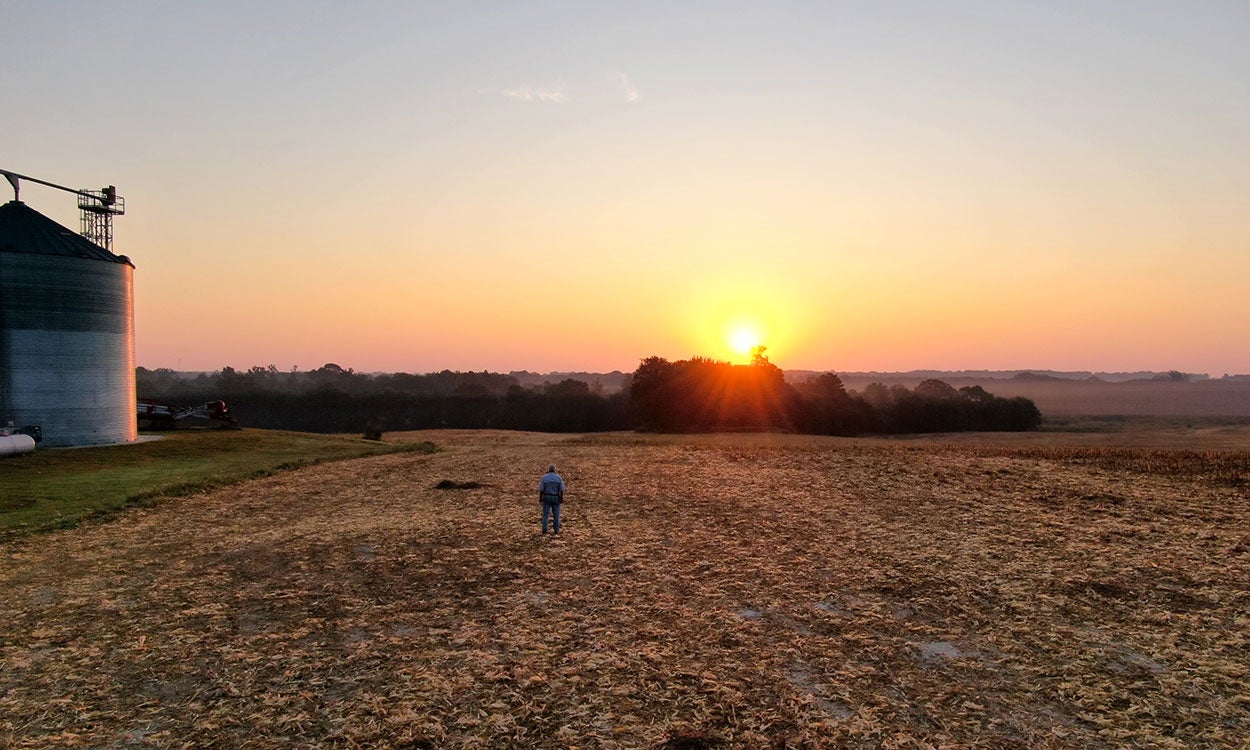
Does the GREET Carbon Model Address Soil Health Principles?
Learn how the recent Greenhouse Gases, Regulated Emissions, and Energy Use in Technologies (GREET) production model lines up with the Five Soil Health Principles.

SDSU Extension Welcomes New Plant Pathology Specialist
November 23, 2022
SDSU Extension welcomes Madalyn Shires as an assistant professor in the Department of Agronomy, Horticulture and Plant Science and SDSU Extension Plant Pathology Specialist.
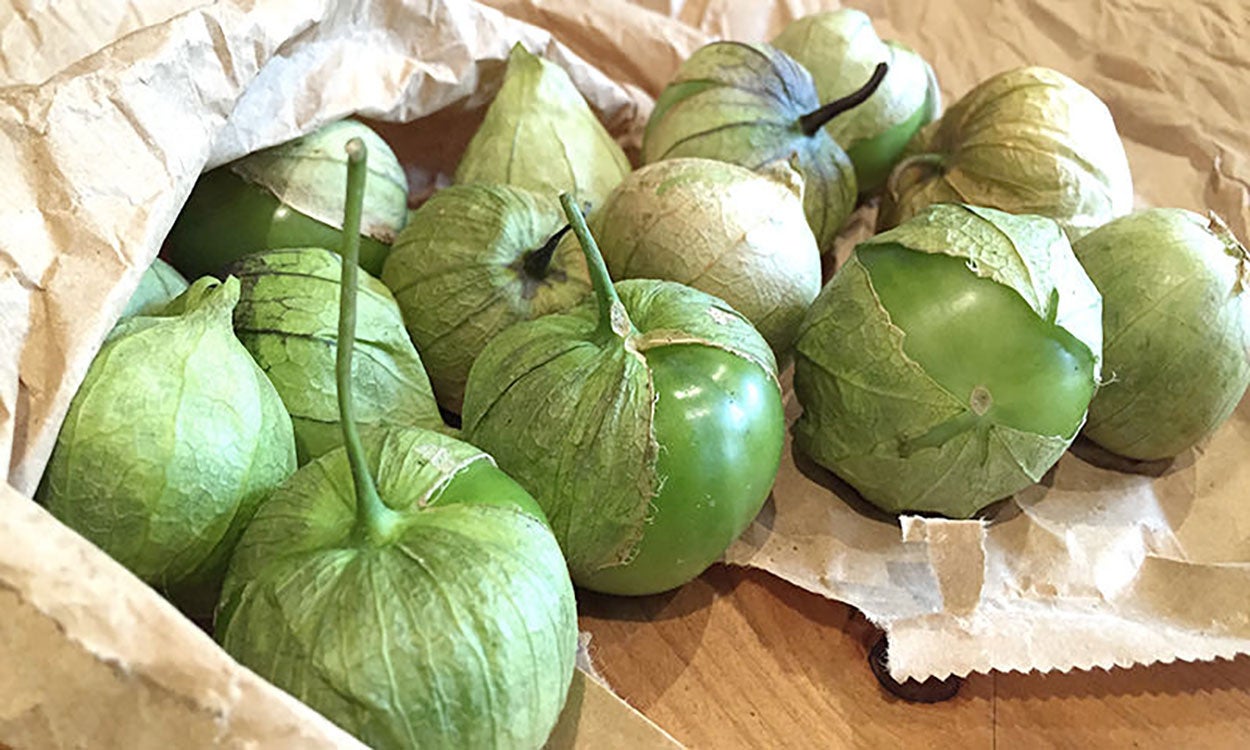
Tomatillos: Harvest and Storage
Tomatillos are an annual, warm-season crop with requirements similar to tomatoes. Learn how to select, grow, harvest and store them with this helpful guide!
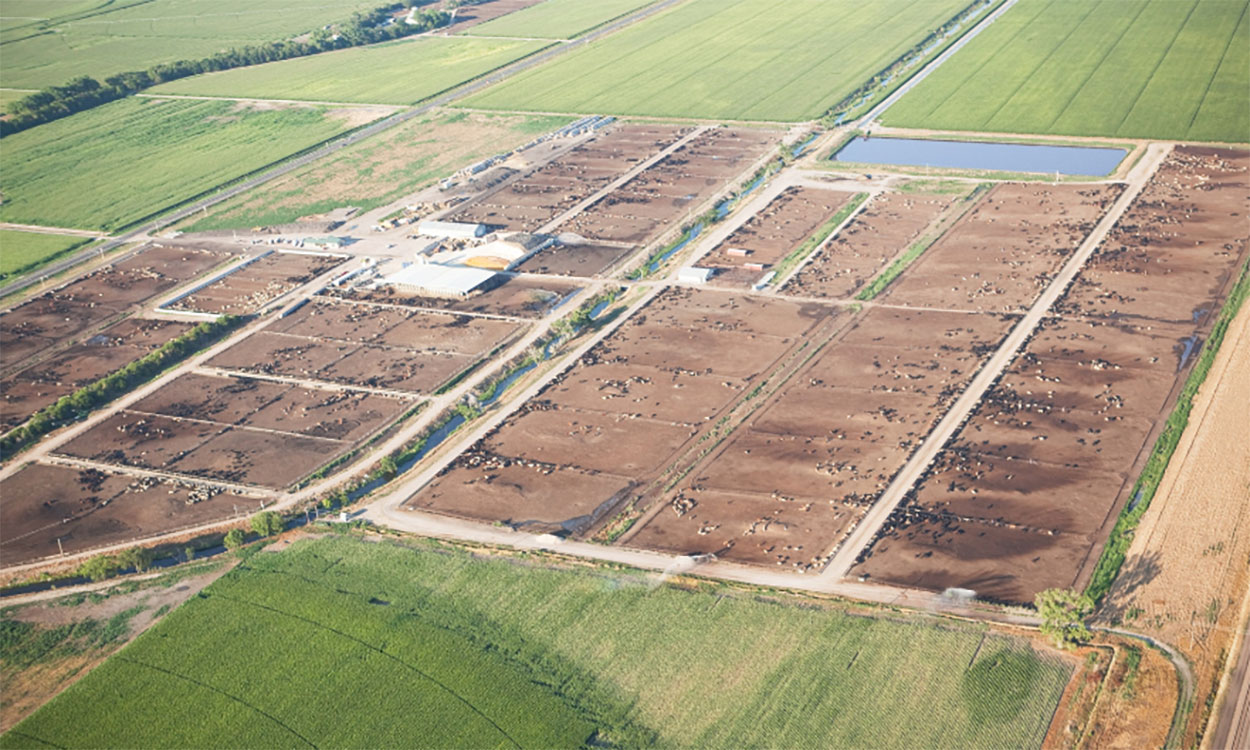
Carbon Markets and Beef Production: Carbon Markets and Scope 1, 2, and 3 Emissions
In this article in the Carbon Markets and Beef Production series, we will discuss the basics of carbon markets and Scope 1, 2, and 3 emissions.
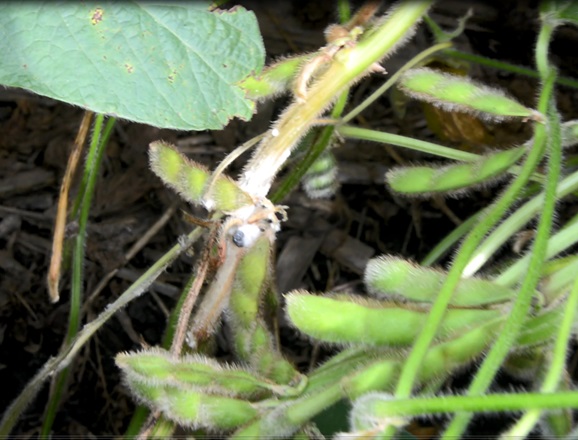
White Mold Development: Is your soybean field at risk?
According to USDA-NASS crop progress report for the week of July 17, 49% of the soybeans in South Dakota are at flowering. The flowering growth stage is also the time when white mold infection is initiated. The white mold pathogen infects the soybeans through the flowers that are senescing after pollination.
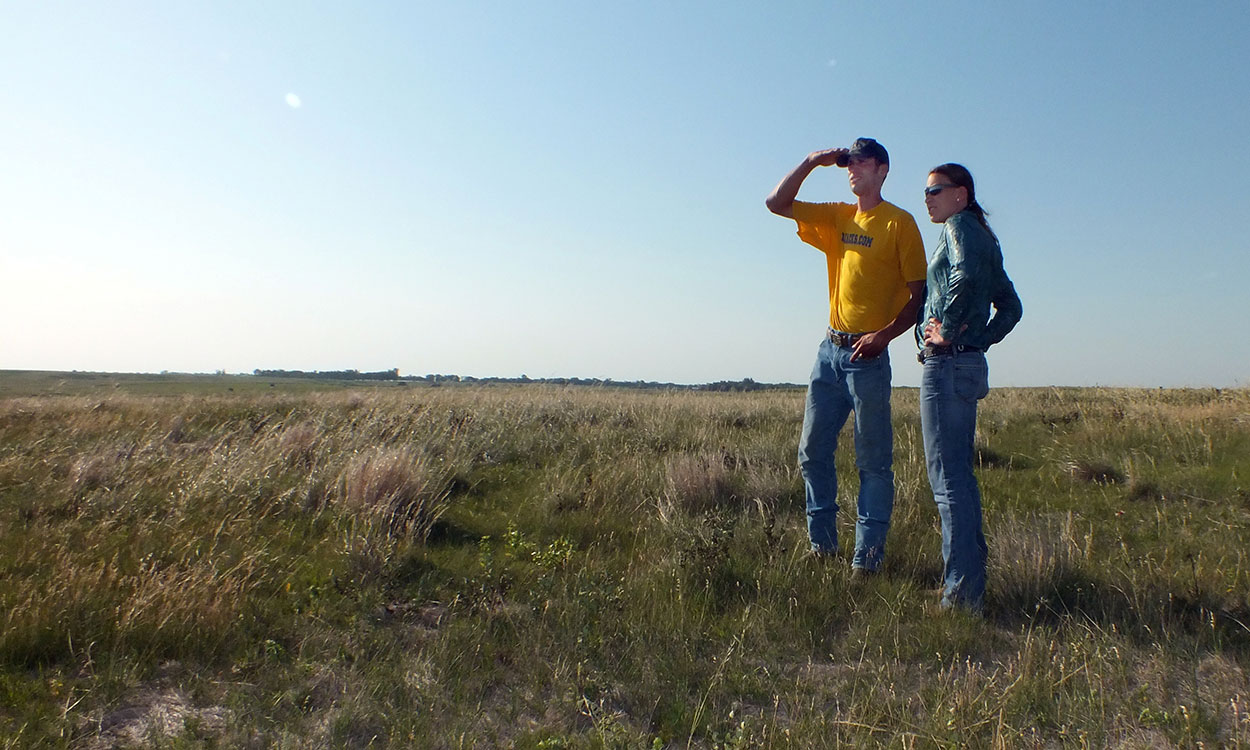
Natural Resources & Conservation
South Dakota is home to many unique land, water and wildlife resources. Our experts and partners offer research-based information through to help people enjoy, preserve and profit from these natural resources.

Organize this! What to collect and why
Learn about the different categories of documents and information your power of attorney (POA) or personal representative might need to act on your behalf in the event of an emergency.
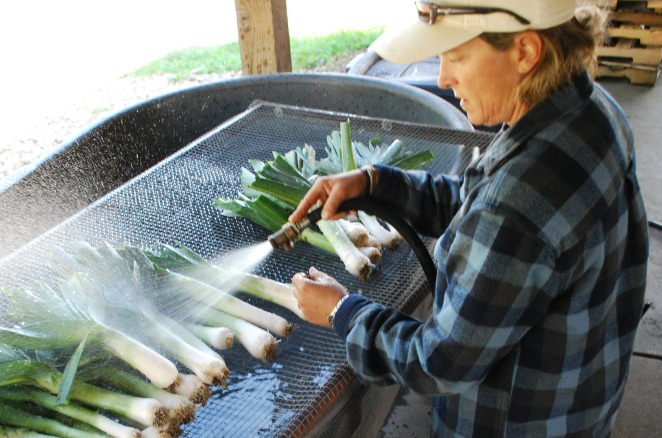
Food Safety Rules for Fruit & Vegetable Growers: FAQ
It seems rules and guidelines for growing fresh produce safely are constantly changing, as new laws and regulations are implemented each year.
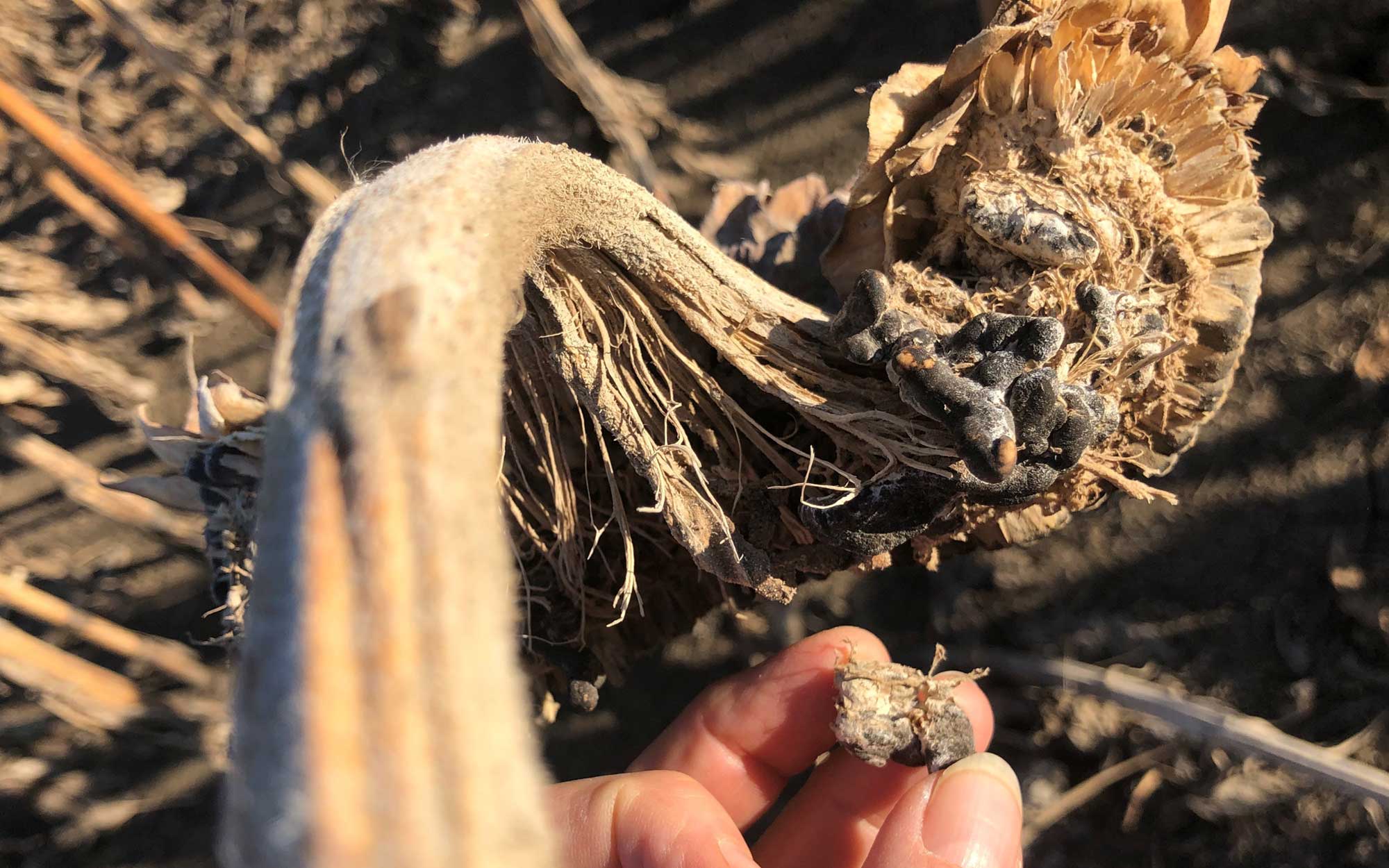
Sclerotinia Concerns in Sunflower
Sclerotinia diseases are a concern in sunflowers, because the fungus can infect the plant through the root, mid-stalk or the head. Wet weather and cool temperatures two-to-three weeks prior to and during flowering favor disease development.
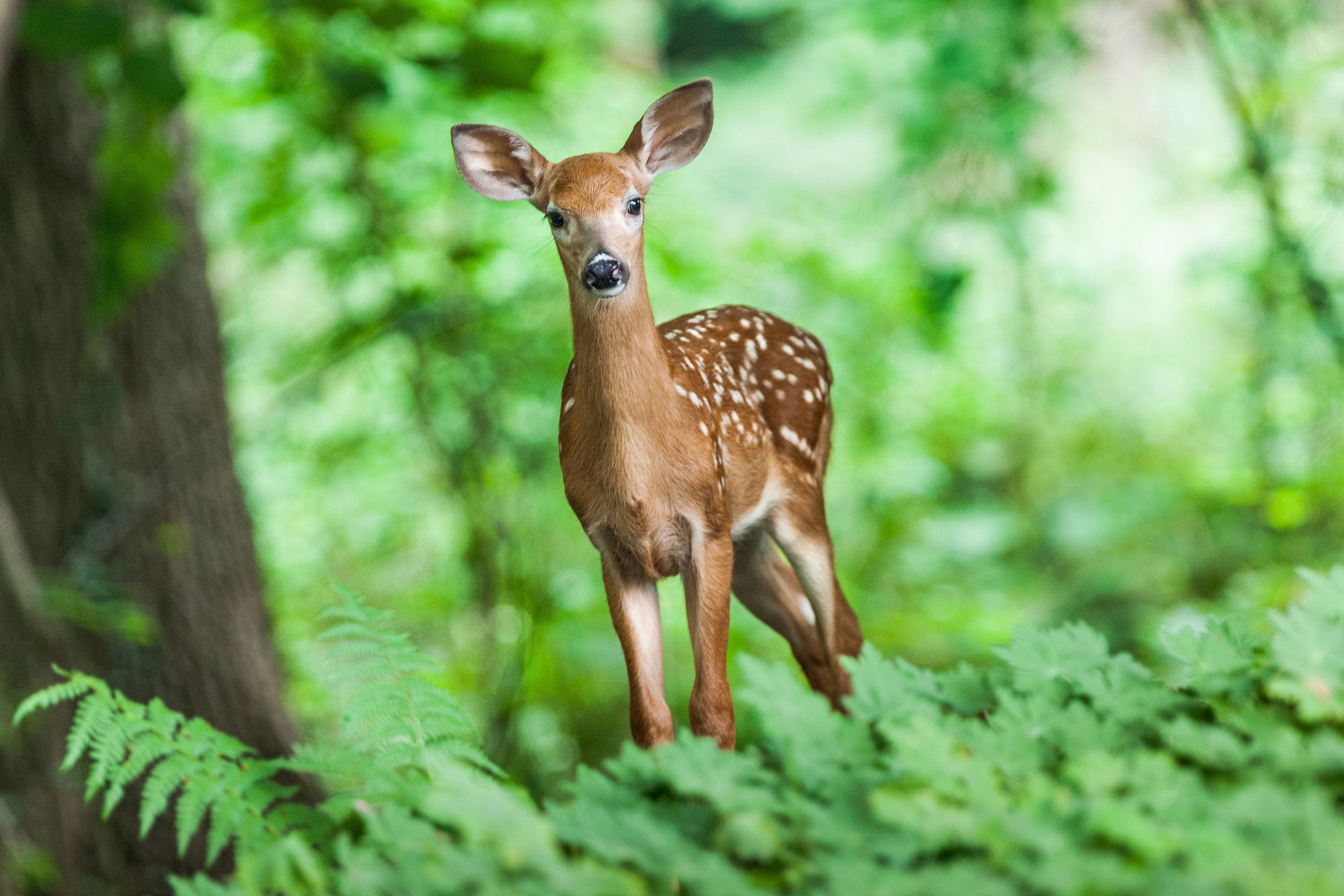
4-H Wildlife & Fisheries Project
In the wildlife and fisheries 4-H project area, youth can discover the ecosystems and animal species around them and gain expertise with fishing. Discover concepts in biology and use that knowledge to conserve wildlife habitats and natural ecosystems or catch and interest in fishing.